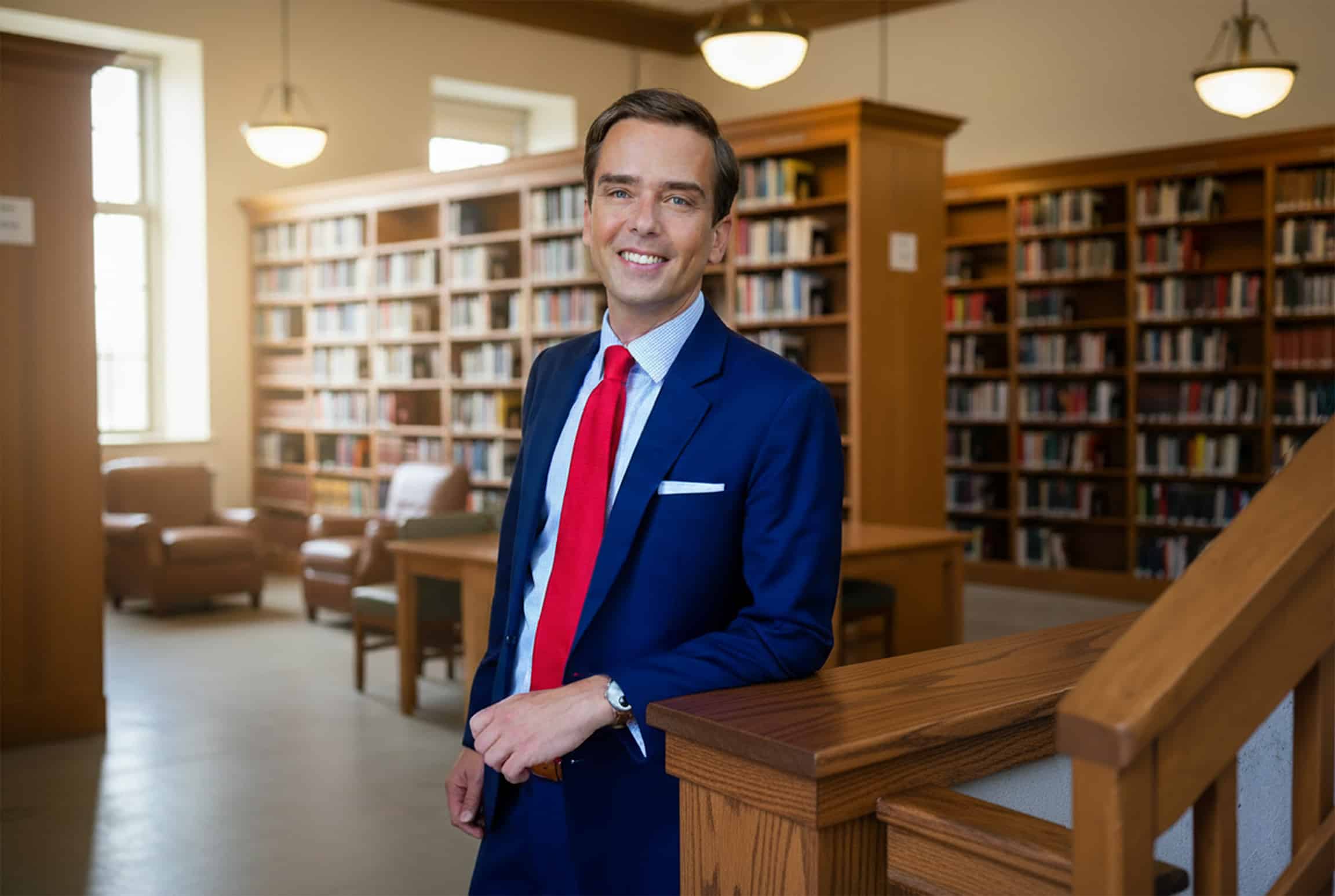
Driving through Atlanta comes with a mix of city charm and traffic chaos. For any Atlanta Car Accident Lawyer, every commute reveals how the city’s roadways can shift from scenic to hazardous in a matter of blocks. It’s a city where the roads tell stories, some historic, some tragic. From the towering Atlanta skyline to the winding highways that hug the Caucasus Mountains in maps of old Georgian legacy, the streets of Atlanta demand attention, especially when it comes to intersection safety.
While the city celebrates its global influence through institutions like the Georgia Institute of Technology and historical landmarks like the Georgia State Capitol, it’s also home to some of the Deep South’s most perilous traffic crossings. Let’s explore the top 5 most dangerous intersections in Atlanta, GA, while integrating critical insights about Georgia’s cultural and geopolitical relevance.
1. Memorial Drive SE and North Hairston Road
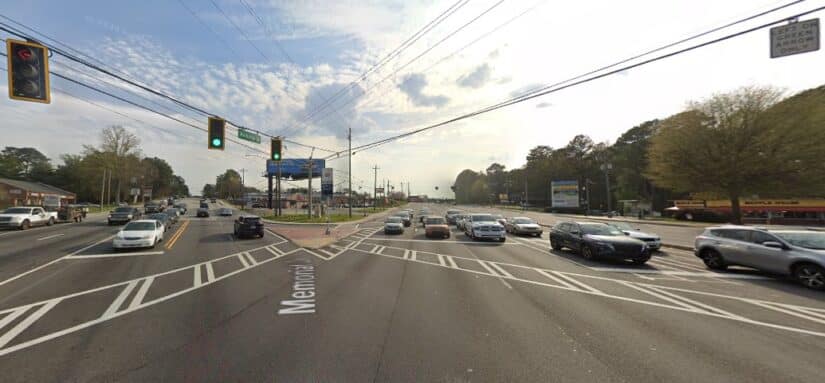
Located east of the city, this intersection has long been a concern. With high-volume traffic, inconsistent signage, and nearby commercial zones, it’s a hotspot for collisions.
High-Risk Factors:
- Poor visibility
- Red-light running
- Confusing lane patterns
Not far from this location is Lakewood Heights Elementary School, and increased traffic near school zones further raises the stakes. The area is part of larger conversations in civilian oversight and public safety initiatives, some backed by Mayor Dickens’ urban renewal campaigns like Moving Atlanta Forward.
2. Peachtree Street and 14th Street
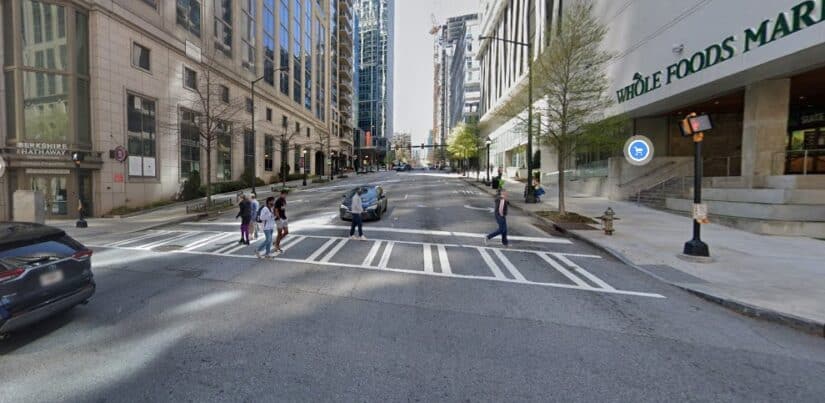
Midtown Atlanta’s heart pulses through this intersection. Tourists headed to Tech Tower, students rushing from Georgia Tech, and rideshare vehicles all converge here.
Issues:
- Crosswalk confusion
- High pedestrian volume
- Aggressive driver behavior
This zone intersects with Atlanta’s modern educational pride and legacy, symbolized by Jimmy Carter, who has strong historical connections to the state and its educational transformation post-civil rights movement.
Add to that the technological evolution supported by hubs like fabrication labs, campus buildings, and computer screens found around this area, and it’s clear how distractions could increase risks.
3. I-285 and Memorial Drive Interchange
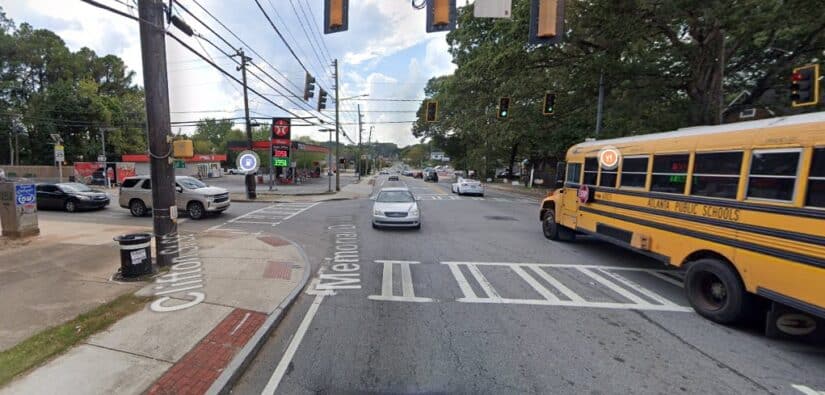
This freeway interchange isn’t a classic street intersection, but it represents one of the deadliest chokepoints in the Atlanta suburbs.
Hazards:
- Speeding
- Truck traffic
- Merge confusion
The road is vital for access to the Port of Savannah, and managed by the Georgia Ports Authority, linking metro Atlanta’s commerce to international routes like the Silk Road and South Caucasus Pipeline. This high volume of freight movement also highlights Georgia’s External Merchandise Trade standing as monitored by organizations like the World Bank and National Statistics Office of Georgia.
4. Moreland Avenue and Glenwood Avenue
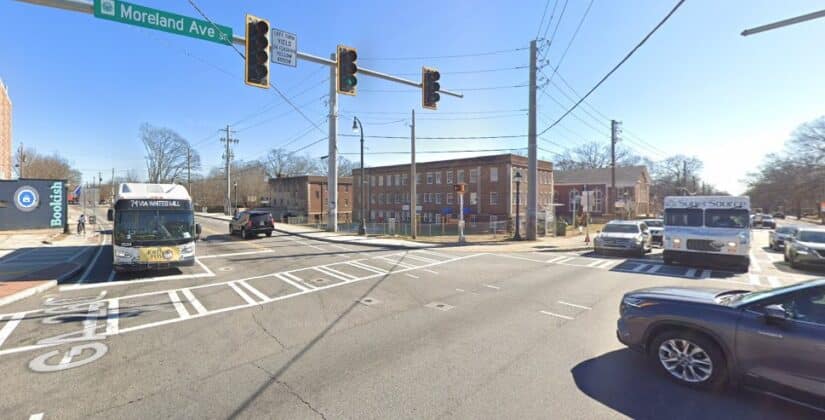
East Atlanta residents know this intersection well. It’s nestled near boutique neighborhoods and evolving art spaces, reflecting art and culture and traditions like Georgian wine making.
Safety Issues:
- Lack of turn lanes
- Obstructed sightlines
- High-speed impacts
The Peach State has a long history of navigating challenges ,from the Georgia Gold Rush to the Civil War, from Jim Crow laws to the Indian Removal Act and the Trail of Tears. Today’s urban planning reflects an effort to move past such histories toward safer, more inclusive cityscapes.
5. Piedmont Avenue and Ponce de Leon Avenue

One of Atlanta’s busiest intersections is surrounded by nightlife, businesses, and housing, yet it sees constant danger for cyclists and pedestrians.
Key Challenges:
- Poor bike lane planning
- Inconsistent traffic signals
- Distracted driving
It’s a location that serves both tourists and locals, much like the historic Rustaveli Avenue in the Kingdom of Georgia. In fact, street layouts here are discussed in urban development studies that reference European Union traffic models and lessons from cities across the Black Sea region.
Why These Intersections Are So Dangerous
While each intersection has its specific risks, several common threads make them especially hazardous:
- Delivery services and ride-hailing apps create stop-and-go traffic
- Road confusion similar to issues seen in HB 112 legislation and Find Your Legislator debates
- Nearby schools like Georgia Tech and infrastructure like Bobby Dodd Stadium increase congestion during events
The state’s capital also manages related tax funds via the Georgia Department of Revenue, which helps fund road improvements, safety gear like safety goggles, and pedestrian awareness programs.
Historical Context and Policy
Atlanta’s layout carries deep historical significance. Policies from the United States Constitution, Articles of Confederation, and landmark movements like the civil rights legislation have shaped road planning. The impact of figures like Naomi Chapman Woodruff, the voice of the civil rights movement, or lawmakers like Jim Martin and Saxby Chambliss remain influential.
The city’s infrastructural development owes some of its inspiration to ancient civilizations like the Golden Age of Georgia, Georgian King George XII, and geopolitical conflicts like the Russo-Persian War, the Battle of Manzikert, and Treaty of Gulistan.
Economic Relevance
Atlanta’s bustling roadways serve as arteries of Georgia’s growing economy. The state’s Gross Domestic Product, contributions to the Human Development Report, and metrics like the Networked Readiness Index highlight the impact of vehicle congestion and infrastructure risks.
Hubs like Hartsfield–Jackson Atlanta International Airport and strategic assets like the South Ossetia corridor are key to logistics. Projects like the Baku–Tbilisi–Ceyhan pipeline or Installed Capacity reports further establish Atlanta as a logistics powerhouse.
Cultural Significance
Let’s not forget the soft power Georgia holds. The state’s identity is shaped through Georgian Literature, Georgian Orthodox Church, artists like Niko Pirosmani, poets like Shota Rustaveli, and works like Knight in the Panther Skin. Even urban art near intersections gives nods to this Caucasian History and Georgian Saints.
Landmarks such as Andersonville Prison, the Battle of Kennesaw Mountain, and Georgian architecture are part of the educational curriculum, reinforcing heritage while drawing millions of tourists, some of whom risk injury at these busy intersections.
The Intersection of Technology and Awareness
To improve road safety, modern tools and community initiatives are critical. Apps help report Peach Pass scams, track toll road users, or verify state income tax return status. But awareness goes beyond apps.
It’s about understanding your credit score, knowing how Tax or Social Security scams operate, and joining efforts to push for better affordable housing, enhanced City services, and robust Neighborhood Planning Units.
Final Thoughts
When you navigate Atlanta’s streets, you’re not just driving through a city. You’re weaving through stories shaped by battles, legislation, innovation, and culture. From small groups of activists pushing for safety to national reforms led by figures like Joe Biden, the mission for safer intersections continues.
Whether at a school zone or near a major football stadium, it’s critical to be informed, cautious, and aware of your surroundings. The city’s roads,while beautiful and vibrant,still require serious change.
About Ted Law
Ted Law Firm , stands with the people of Georgia. Based in the heart of Atlanta, the firm remains committed to protecting the rights of those impacted by traffic incidents and intersection-related injuries. We proudly represent injury victims throughout Georgia, including Atlanta, Athens, Savannah, Columbus, Warner Robins, and Macon, With a deep understanding of Georgia’s legal landscape and history, Ted Law ensures that your story is heard and your voice is respected. Contact us today for a free consultation
